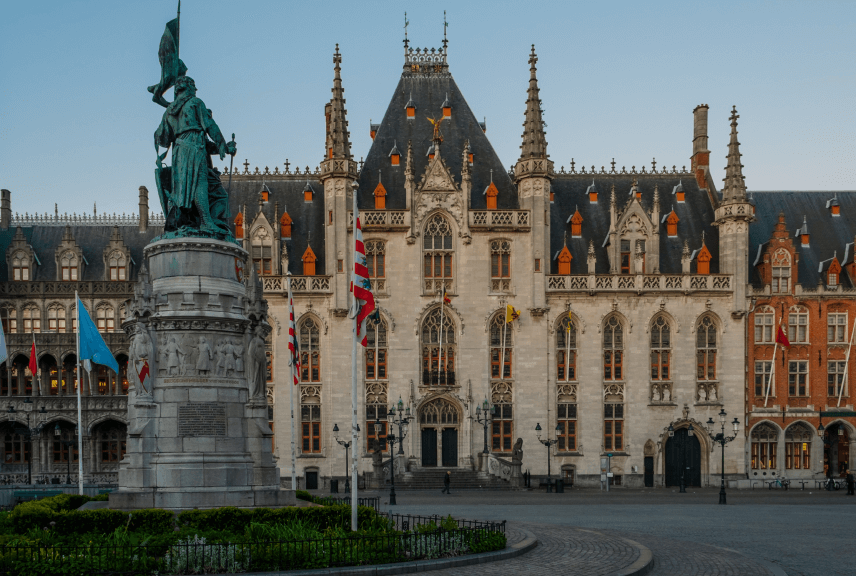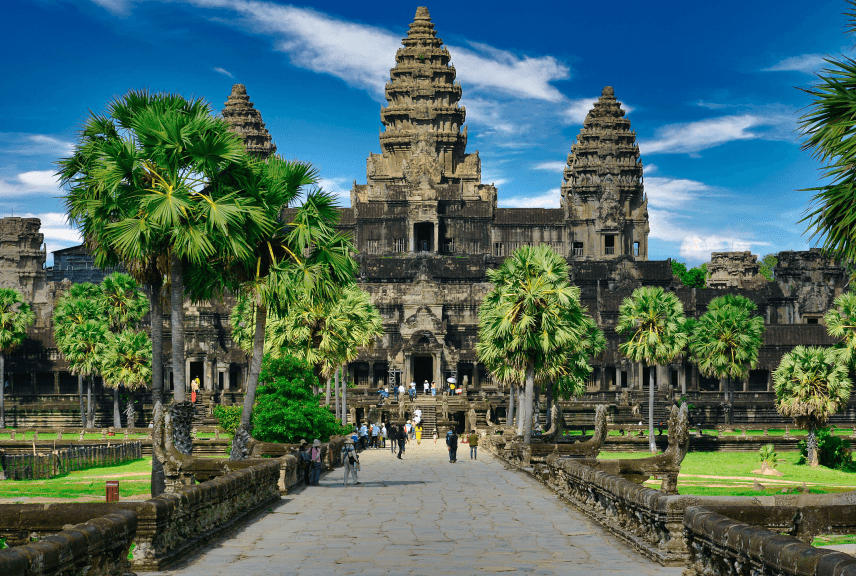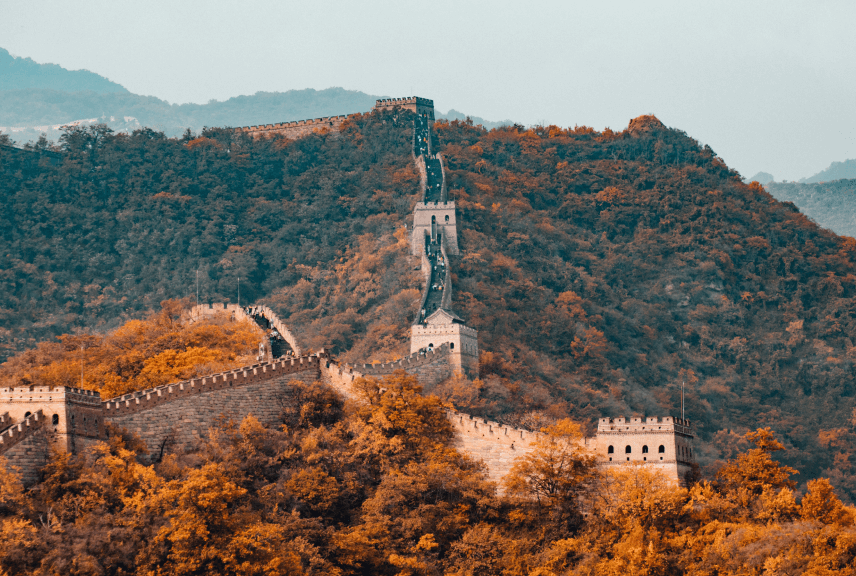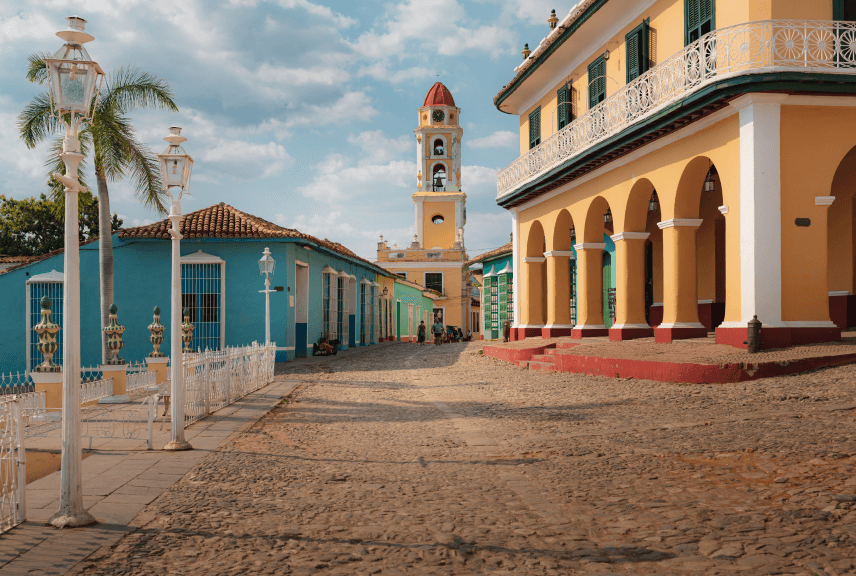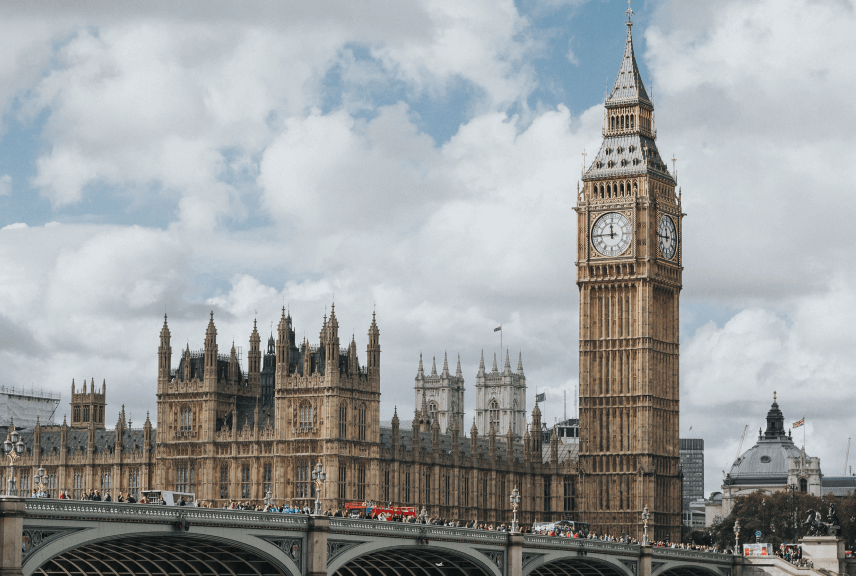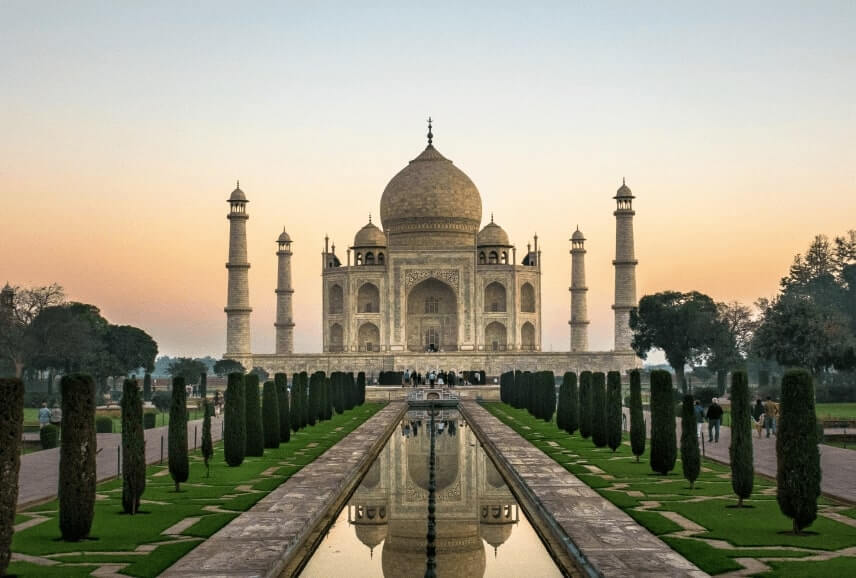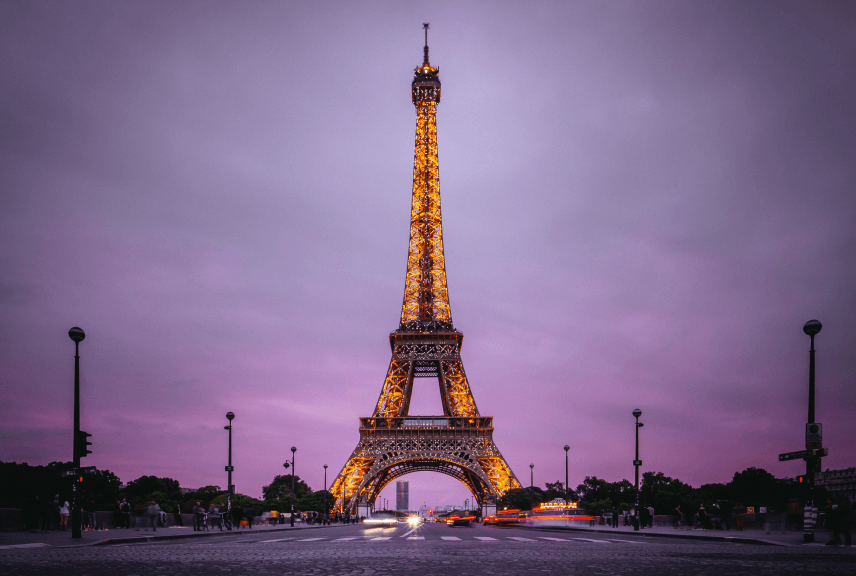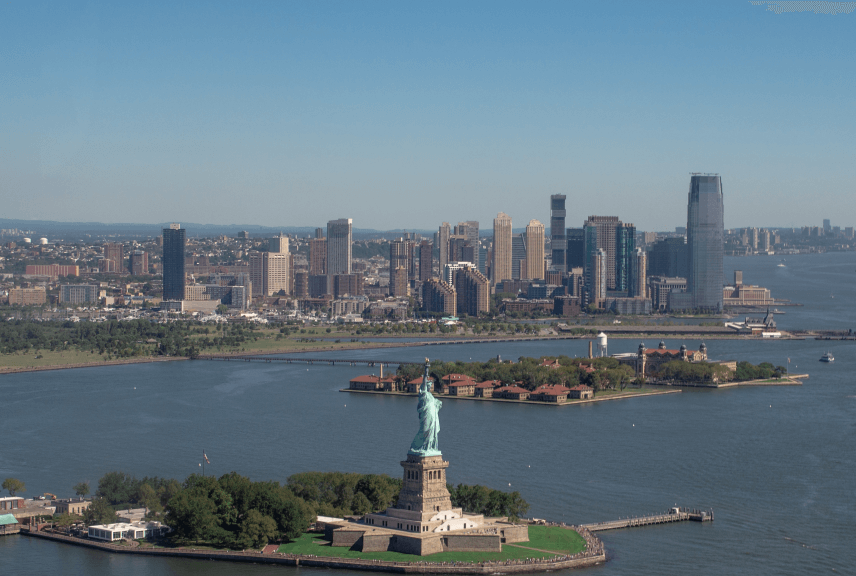Bahai Temple
Located just opposite to the ancient Kalkaji Mandir, East of Nehru Place in South Delhi, the Bahai House of Worship, popularly known as the Lotus Temple, is one of the most visited edifices in India. The Lotus Temple in New Delhi is the sole Bahai House of Worship in the whole continent of Asia apart from the six others in Panama, Kampala, Illinois, Frankfurt, Sydney and West Samoa. These seven Bahai Houses of Worship are all world-famous for their architectural beauty and nine-sided design representing the manifestation of God. The Bahai Faith was established in India in the mid 19th century and today India is the largest national contingent of Bahai’s in the world with more than 2 million members.
Covering an expanse of 26 acres of land, the Lotus Temple in Delhi was built between 1980 and 1986 at a cost of Rs 10 million and was opened to public worship in December 1986. The temple is set among pools and gardens, which gives the impression of a floating half-open lotus flower surrounded by its outspread leaves. The Lotus, as seen from outside, has three sets of petals The petals are made of special concrete clad with white marble, extracted from the Mount Pentitikon mines in Greece.

Recognized as one of the masterpieces of twentieth-century architecture and winner of many prestigious International awards, the temple was designed by Fariburz Sabha, a Canadian citizen and a Bahai of Iranian descendants. More than 700 laborers and forty engineers were employed in its construction. They worked dedicatedly for six years to complete this House of Worship, which is considered one of the marvels of modern architecture. Fariburz Sabha designed the building in the shape of a Lotus because he wanted to reflect the multiculturalism and ancient traditions of India. The lotus flower, apart from being the national flower of India, also has very close associations with all the major religions of India, namely Hinduism, Buddhism, Zoroastrianism and Islam. It is symbolic of the possibility of being spiritual and pure even in this materialistic world. The temple has a very large prayer hall where visitors of all faiths can meditate. The hall has no idols and no rituals and its daily public services include sections from the holy books of all religions. It is said about the Lotus Temple that “Architecturally, artistically, ethically, the edifice is a paragon of perfection” – a sentiment that is undoubtedly true.
There is an Information Center at the Bahai House of Worship that provides information on different facets of the Bahai Faith in the form of photographs, written texts and film
